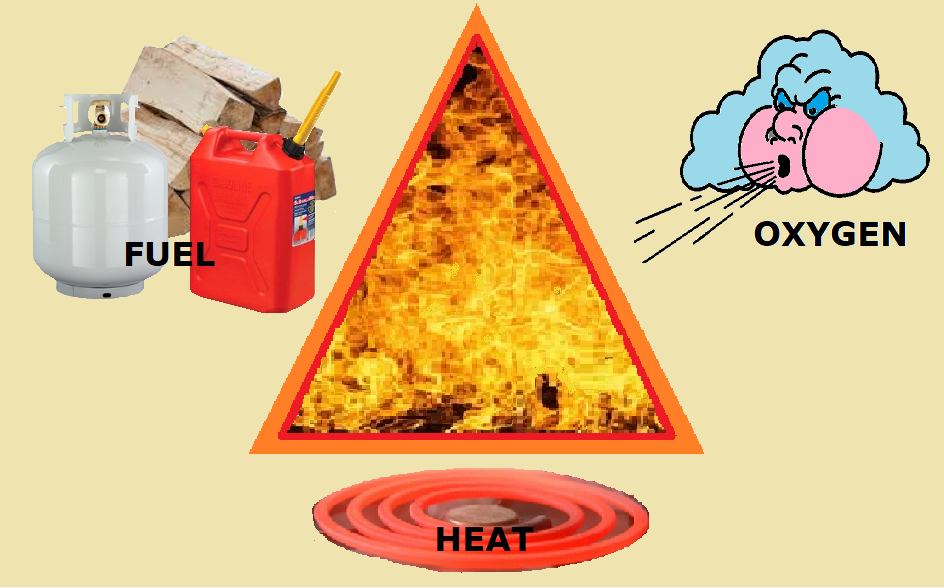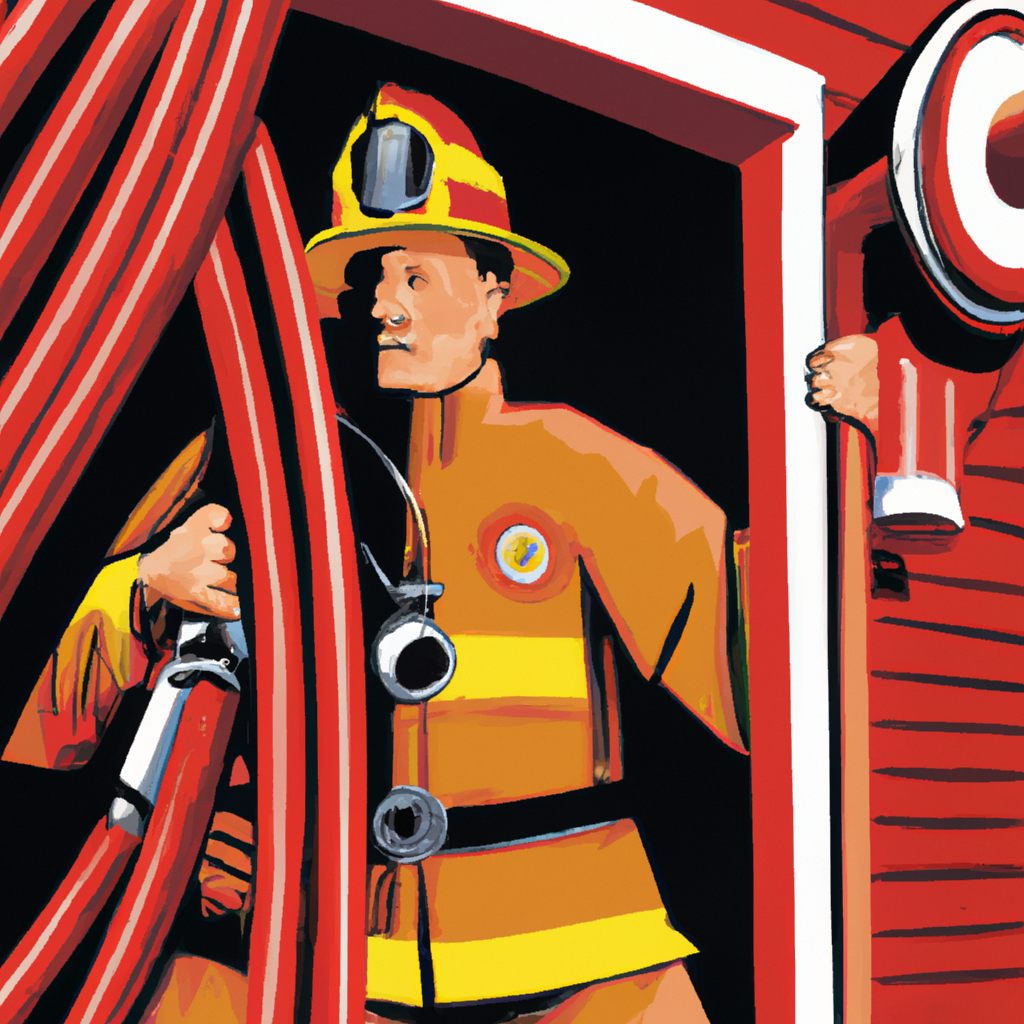The “Fire Triangle” is a down-to-earth concept used for explaining the three essential components that are required for a fire to occur and then for it to continue to burn. Those three components are heat, fuel, and oxygen.
In order for a fire to start, there must a fuel source; there must be enough heat to ignite the fuel; and, there must be a source of oxygen to sustain the flame. If any one component of this trio is absent, fire cannot occur.
The fire triangle is relevant to the ATEX directive because equipment can form an ignition source.
Fire Triangle – In Short
- Fire’s Three Essentials: For a fire to start and keep burning, it needs three things: heat, fuel, and oxygen. Take away any one, and the fire stops.
- Sources of Heat and Fuel: Heat can come from various sources like sparks or flames. Fuel includes anything that burns, such as wood, gas, or even dust in some industrial settings.
- Extinguishing Techniques: To put out a fire, you can remove its oxygen (like covering a pan), cool it down (like spraying water), or remove its fuel source. When the fuel burns up or is taken away, the fire stops.
- Prevention and Safety: Keep your environment clean to reduce fire hazards. Regularly check and maintain electrical and heating systems. Know how to use different types of fire extinguishers, especially in areas with electrical or liquid fuels.

Background: The Quest For Fire
Early humans acquired fire from natural sources, such as lightning strikes, or lava flows igniting nearby combustibles. They would then carry it with them, feeding it constantly, because otherwise they would have no fire.
It was likely a fortuitous discovery while making flint spear tips that they learned to start a fire by banging a couple of “special” rocks together to make sparks, on some dry leaves. Being smart enough to “manage” fire probably marked the beginning of civilization.
Heat – Element 1
Heat comes from many sources, such as sparks, flames, or high temperatures. Sparks can be electrically induced or caused by friction or concussive effects. Flames can exist consequentially from nature, or can be created by a phenomenon, such as human intelligence.
High temperatures can be caused by industrial processes, or as a by-product of lighting, building heating, or artificial concentration, such as focused sunlight.
Fuel – Element 2
Fuel refers to any material that can burn, such as wood, paper, gasoline, or natural gas. Not everyone realizes that fuel can also come in unexpected forms such as the “inert fillers” used to make up bulk in pharmaceuticals, airborne sugar particles in a sugar-processing plant, sawdust in a mill, dusty particulate from grain processing, or within grain elevators or silos.
Such explosive atmospheres must be carefully controlled, minimised and, if possible, avoided. In crude oil cracking plants (for example) volatile and inflammable gases can escape during a process and build up to dangerous levels.
Oxygen – Element 3
Oxygen, which is readily available because it comprises about 21% of the Earth’s atmosphere, is needed to support the chemical reaction that sustains the flame.
Fire, by definition, is an oxidative effect so, from a certain perspective, one might look at a piece of rusting iron and consider it the world’s slowest fire… Iron won’t rust in liquid oxygen (‑183℃) because it lacks heat.
While people might use “air” to talk about oxygen, it’s essential to know the difference: oxygen is a single element, and air is a mix of gases, including oxygen, that makes up the Earth’s atmosphere.
Removing an Element From The Fire Triangle
Covering a pan of flaming grease or oil with its lid effectively removes oxygen and extinguishes the fire. Similarly, spraying water on a wood fire cools it below the point of sustainability; without heat, it too is extinguished. Turning off the propane tank of a BBQ will terminate its flames as well, since it no longer has fuel to burn.
Firefighters understand all these aspects, using all of them to control different sorts of fines. Provided there is no uncontrolled electricity or water-reactive chemistry (pure metals like sodium or potassium) high volume water mist is the first choice since it both cools and displaces oxygen.
Counterintuitively, if an oil well is on fire, a high velocity explosive will be placed near the source of the fuel and detonated. This creates a large area with next to no oxygen, and the flame is extinguished allowing workers to access the shut-off mechanism.

The Bottom Line
Keeping a home or work area clean and not allowing fuel sources to accumulate is the first step in fire safety. Don’t store combustibles in a way that allows them to jeopardise a residence or workplace. Dispose of unneeded combustibles properly and safely.
Keep electrical and heating components operating as intended with proper service and maintenance as needed. Avoid the careless use of smoking materials, matches, lighters, and improperly extinguished pipes, cigars, or cigarettes.
Omnipresent oxygen is difficult to eliminate, but familiarising yourself with your available types of fire extinguishers can make the difference. Chemical fire extinguishers can remove oxygen from the immediate area. These are recommended whenever electricity or liquid fuel is part of the equation.
Understanding the Fire Triangle is your best defence from uncontrolled fire!